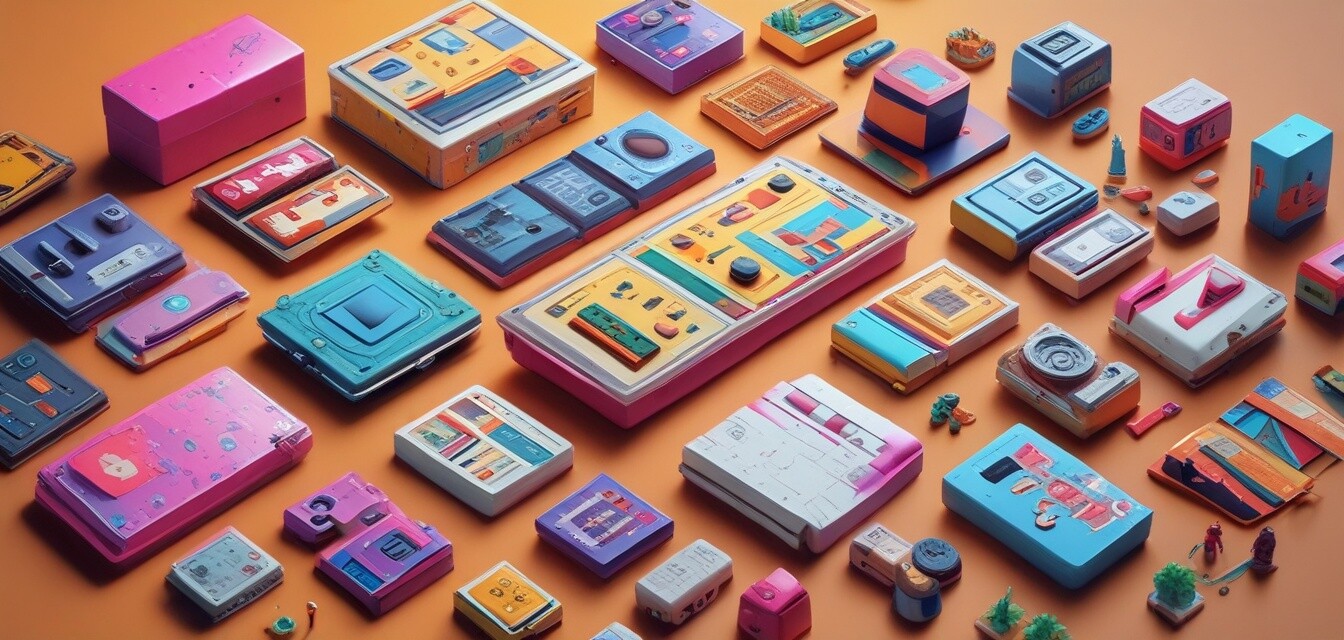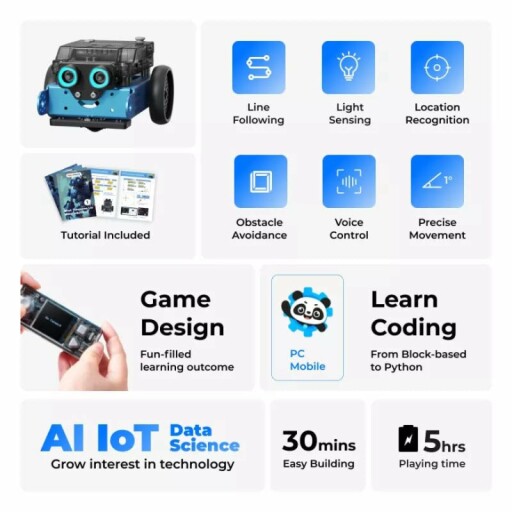
The Best Coding Kits for Kids to Learn Programming
Key Takeaways
- Discover coding kits that make learning programming engaging for kids.
- Explore age-appropriate options for different skill levels and interests.
- Understand how these kits introduce programming fundamentals through play.
With technology becoming an integral part of our world, introducing children to programming at an early age is an invaluable educational investment. Coding kits for kids provide an interactive way to explore coding concepts, develop problem-solving skills, and engage in critical thinking. In this guide, we'll highlight some of the best coding kits available in 2025 that make learning to code not only fun but also educationally enriching.
Why Choose Coding Kits for Kids?
Coding kits are fantastic tools that help kids learn programming languages and concepts through hands-on experiences. These kits are designed to cultivate creativity and analytical skills while ensuring that kids remain engaged. Here are a few reasons why they are a great choice:
- Interactive learning: Kids learn better when they're actively engaged.
- Structured projects: Many kits come with guided instructions to help kids build projects step-by-step.
- Diverse topics: Kids can choose from robotics, game development, web design, and more.
- Collaboration: Programming fosters teamwork and communication skills in group settings.
Top Coding Kits for Kids
Here are some of the best coding kits that are popular among kids of varying ages and interests:
| Product Name | Age Range | Features | Link |
|---|---|---|---|
| Makeblock mBot2 Coding Robot | 8-12 years | Learn through AI play, easy to construct, supports multiple coding languages. | Learn More |
| STEM Robot for Kids | 8-14 years | 5-in-1 building options, remote control and APP programmable, hands-on STEM projects. | Learn More |
| Basic Coding Kit for Beginners | 5-10 years | Colorful game-style interface, beginner-friendly lessons, fun challenges. | Learn More |
Product Highlights
Makeblock mBot2 Coding Robot for Kids
This robot engages kids with AI and coding through interactive play and projects, fostering creativity and tech skills.
Explore NowBenefits of Coding Kits
Using coding kits not only teaches kids how to code but also gives them the experience of creating real-world projects. Here are some notable benefits:
- Life Skills: Increases problem-solving and logical thinking skills.
- Confidence: Completing projects boosts children's self-esteem.
- STEM Education: Provides exposure to Science, Technology, Engineering, and Math.
Pros
- Hands-on experience in coding concepts.
- Promotes creativity and innovation.
- Encourages teamwork and collaboration.
Cons
- Some kits may be complex for very young users.
- Limited guidance can frustrate beginners.
Choosing the Right Kit
When selecting a coding kit for your child, consider the following factors:
- Age Appropriateness: Ensure the kit matches your child's age and developmental stage.
- Interests: Pick a kit that aligns with your child's interests, whether it's robotics, game design, or general programming.
- Support Resources: Look for kits that provide ample instructions, programming guides, or an active community.
Conclusion
Investing in coding kits for kids is a wise choice that sets the foundation for a lifetime of skills. As technology continues to evolve, ensuring your child is equipped with the ability to understand and create within this digital landscape is essential. Explore the options above and find the perfect coding kit that will spark your child's passion for programming!
Tips for Beginners
- Start with simple projects to build confidence and understanding.
- Encourage regular practice to reinforce learning.
- Engage in group learning for fun and collaborative problem-solving.
